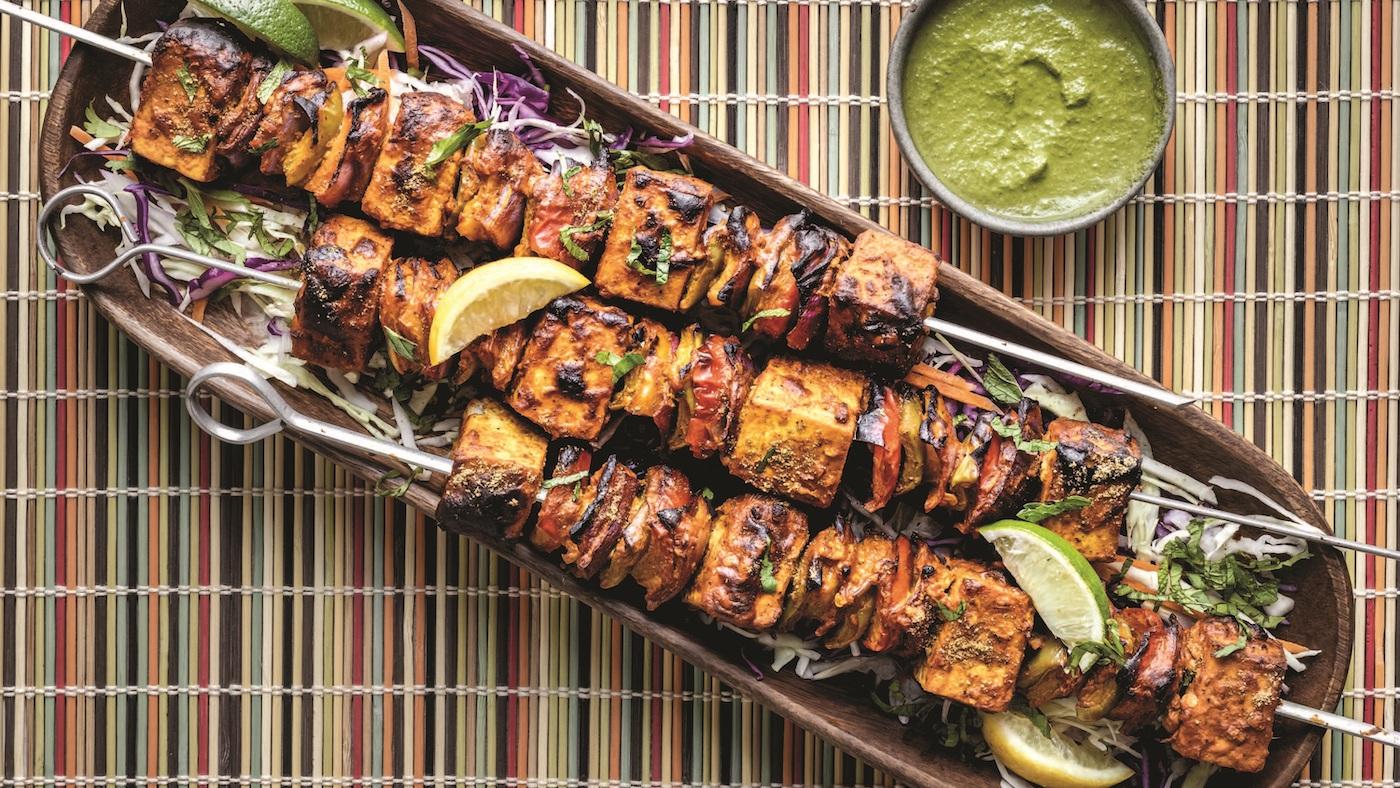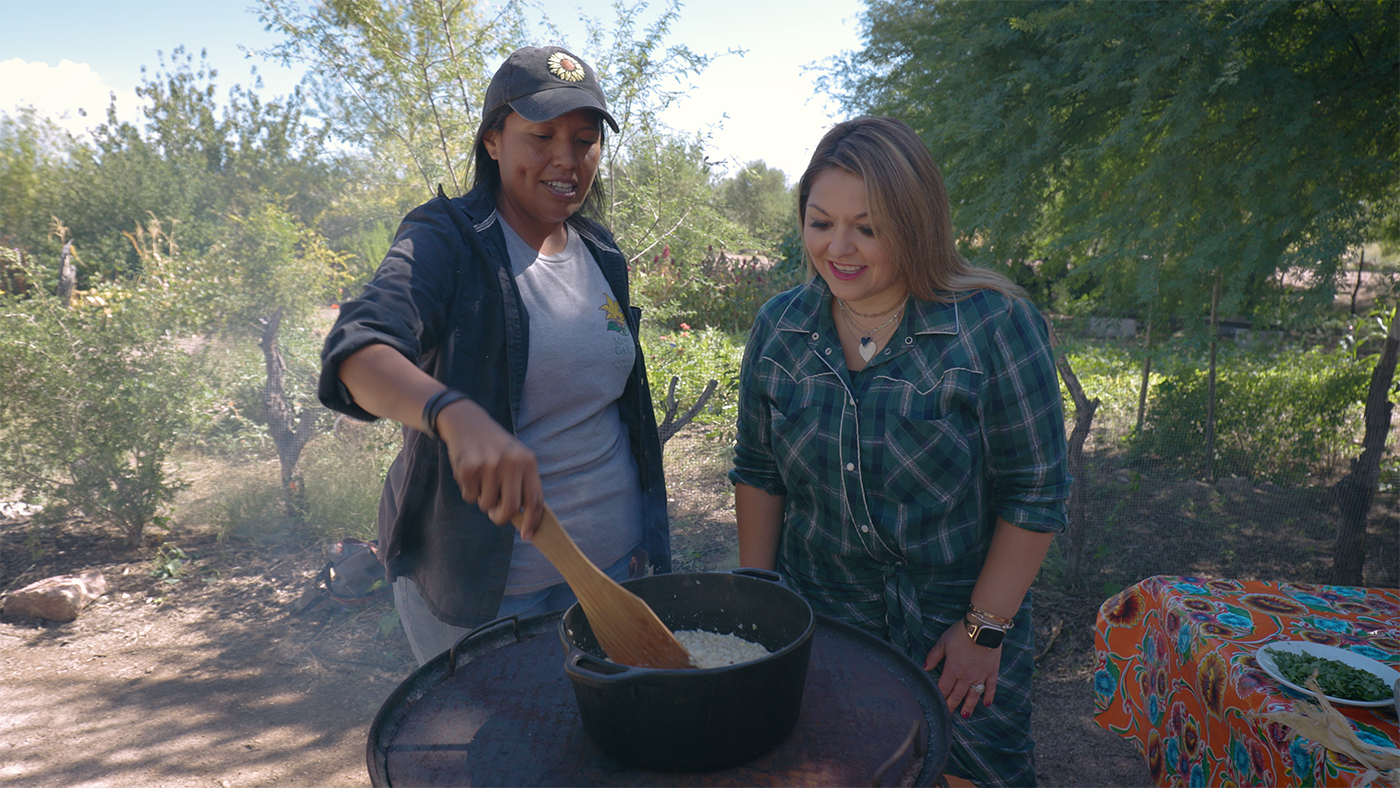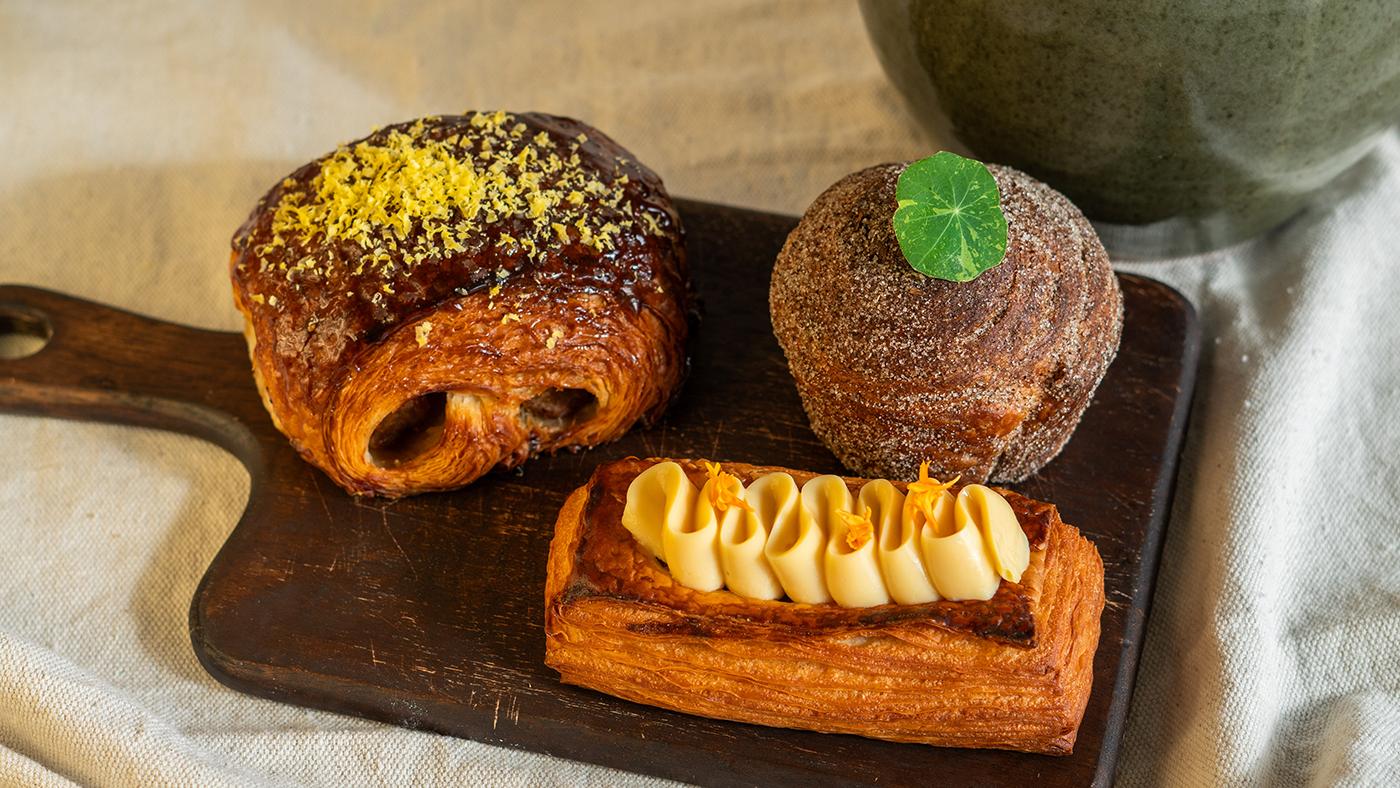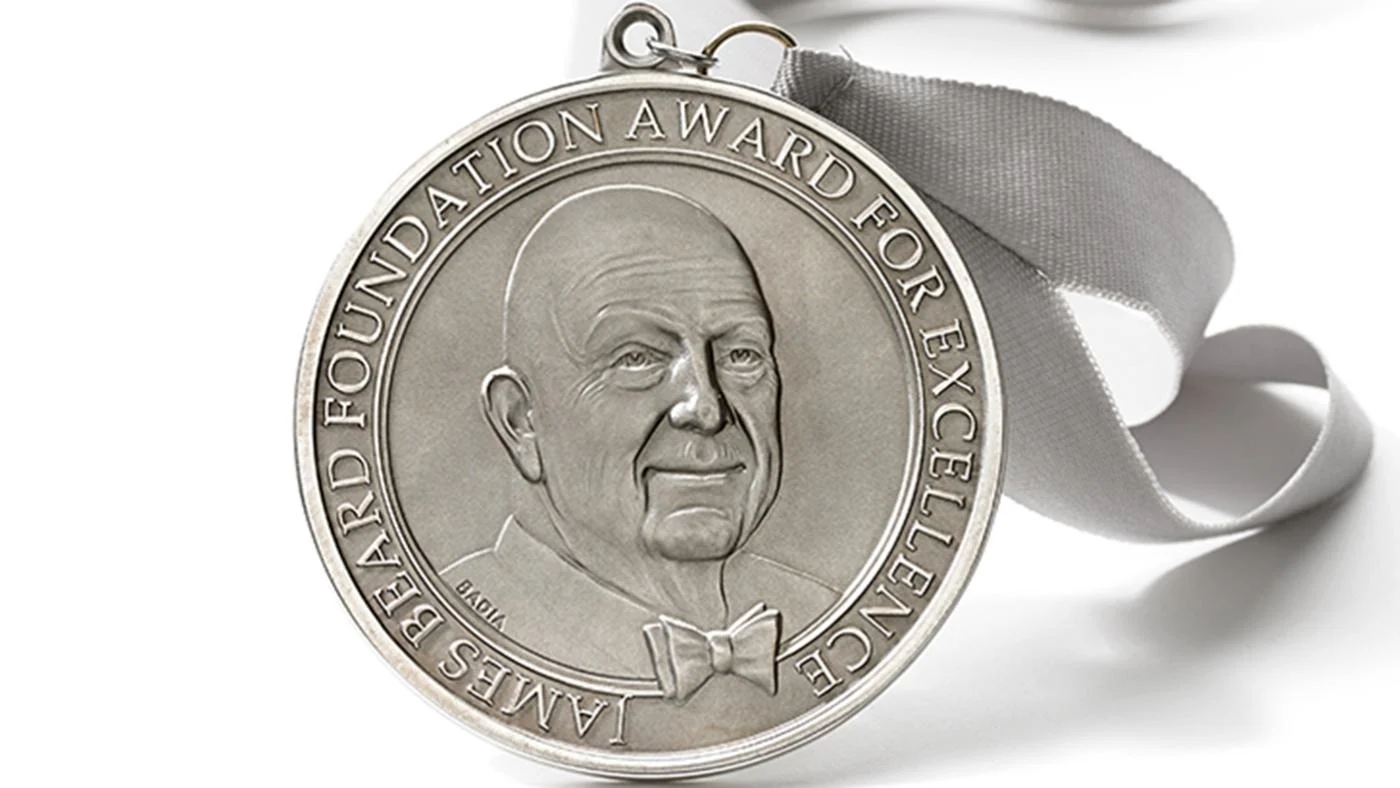A Vegan Tikkā Recipe from a Chicagoland Doctor with an Indian Cookbook
Daniel Hautzinger
September 2, 2022

Many people picked up hobbies while they were stuck inside during the first year or so of the pandemic. Sheil Shukla wasn’t idling away at home—he’s a doctor—and his hobby led to a published cookbook, with recipes developed, written, and photographed by him. “In part, it was a creative outlet during the pandemic,” he says. “I was working in the hospital and the ICUs during the heat of COVID, and I was looking for something to put my creative energy toward, and that naturally came in the form of a cookbook.”
Plant-Based India, which was published in August, is that cookbook. It contains vegan Indian recipes drawn both from Shukla’s childhood as the son of immigrant Gujarati parents in Milwaukee and from his own development of recipes over the past few years. “As a son of immigrants from India, it was important for me to document a lot of the recipes from my family,” he explains.
Growing up, Shukla’s mother and paternal grandmother primarily cooked vegetarian Gujarati foods, but it was the rare Americanized meals such as chicken tenders or spaghetti that Shukla and his brother most looked forward to. It was only while attending college in Chicago that Shukla himself learned to cook, from phone calls home and videos—and that’s when he also began to crave the Gujarati food he had once dismissed. Plant-Based India is dedicated to both his grandmother and his parents.
Shukla became vegan in 2015 and started a blog and Instagram to share his creations, photographed by him. He studied molecular biology and graphic design as an undergraduate, wanting to continue an artistic education while also working towards a career in medicine. “The graphic design background is kind of what drew me to photography,” he explains.
As he trained to become a doctor—he now practices as an internal medicine physician in the northwestern suburb of Glenview—he became interested in incorporating nutrition and diet into medical practice more thoroughly than is typical. “My general words of advice to most of my patients is, we kind of already know the foods that are good for us,” he says. “We don’t necessarily need to overthink it. We know that vegetables are good for us. We know that whole grains are protective against heart disease. We know that excessive amounts of red meat can be harmful. A lot of this stuff is pretty innately understood among most people.”
Plant-Based India simply helps encourage that innately understood healthy eating. “The overarching goal is to get people to eat more fruits, vegetables, whole grains,” Shukla says. “What I can do to make it more approachable is create images that look delicious and recipes that are inviting.”
Indian recipes were a natural place to start, not only because they reflect Shukla’s heritage, but also because many of them are already vegetarian or are built off healthful ingredients such as fresh produce and whole spices. Adapting some recipes to be vegan might involve substituting plant-based protein for meat and non-dairy yogurt for yogurt, as in the Tofu Tikkā recipe from Plant-Based India below, which approximates the char of a tandoor oven in a conventional oven. Others took more testing and ingenuity, such as Mattar Tofu.
“I probably spent the most time developing that,” he says. Mattar Tofu is a “classic North Indian dish” featuring peas and the soft cheese paneer in a creamy gravy, and happens to be Shukla’s wife’s favorite Indian dish. His version replaces the paneer with tofu and thickens the gravy with homemade cashew cream instead of dairy. “That was a recipe where I was like, ‘OK, I think I have some experience here which other people might not have,” he says.
And yes, his wife likes his version. In fact, Shukla is now the designated cook for family gatherings, even over his own parents.
While his recipes are vegan and healthful, he doesn’t sacrifice flavor or fidelity to tradition for nutrition. “It comes down to an inclusive diet, in the sense that you’re putting in all the good stuff, so if you need some of the bad stuff to balance things out, some moderation is okay,” he explains. “The recipes in the book are most reflective of how I cook for myself and my family. It’s most true to that, as opposed to being so strict and unrealistic for myself.”
So how does he find the time to cook for his family, develop and photograph new recipes, and work as a physician? “As long as I’m doing what I love, it’s not really a time issue,” he says. “I can always make time for the things I really enjoy and want to do.”
Tofu Tikkā
Tikkā is a northern Indian dish involving marinated protein or vegetables cooked in a tandoor, or clay oven. My version is made with marinated tofu baked on skewers in a conventional oven to mimic the traditional cooking vessel, which adds a char and smokiness to the dish. Using smoked paprika further pays tribute to the traditional cooking technique. This tikkā is best served hot with cooling Mint Cucumber Rāitā (find the recipe in Plant-Based India) or Mint Cilantro Chutney (find the recipe in Plant-Based India) and is delicious in lettuce wraps as well. For lettuce wraps, dice the tofu and vegetables into smaller pieces after cooking and fill the lettuce leaves just before serving. Note that this recipe requires an overnight marinade to maximize flavor, so be sure to plan ahead!
Ingredients
2/3 cup (160 g) unsweetened plain nondairy yogurt
3 tbsp tomato paste
6 garlic cloves, grated (about 1 1/2 tablespoons)
1 tbsp grated ginger
2 tsp fresh lime juice(about 1/4 lime)
2 tsp garam masālā
1 tsp smoked paprika
1 tsp salt
1/2 tsp ground turmeric
1/2 tsp ground red chili
1/2 tsp black salt
One 14-ounce block extra-firm tofu, drained and pressed for 1 hour, cut into 1-inch cubes
1/2 medium red onion, cut into 1-inch chunks
1 to 2 bell peppers (any color), cut into 1-inch cubes
A generous pinch of chat masala
Roughly chopped cilantro or mint
Lemon or lime wedges
Directions
1. In a large mixing bowl, whisk together the yogurt, tomato paste, garlic, ginger, lime juice, garam masālā, paprika, salt, turmeric, red chili, and black salt. Adjust seasoning to taste. The mixture should be pungent, spicy, and salty.
2. Add the tofu, onion, and bell pepper to the mixing bowl and stir gently until each piece is well coated. Transfer to an airtight containe rand refrigerate overnight, or up to 24 hours.
3. When ready to cook, preheat the oven to 450°F. Remove the mixture from the refrigerator and stir, then skewer onto 4 to 6 stainless-steel or bamboo skewers. If using bamboo skewers, they must first be soaked in water for 1 hour. Alternate the tofu, pepper, and onion on the skewers. Reserve any remaining marinade.
4. Line the bottom of a 9 x 9 x 2-inch square baking dish with foil (for easier cleanup). Balance the skewers on top of the baking dish rims so the tofu is touching neither the bottom of the dish nor its neighbor.
5. Bake the tofu skewers for 15 minutes, until starting to brown in spots. Remove from the oven, brush with the remaining marinade, rotate each skewer 180 degrees, then return to the oven for an additional 10 minutes, until browning in spots again. If desired, broil for a minute or two to obtain a char reminiscent of tandoor cooking.
6. Remove from the oven and sprinkle with chāt masālā to taste and chopped cilantro. Serve hot with lemon wedges and rāitā if desired.







